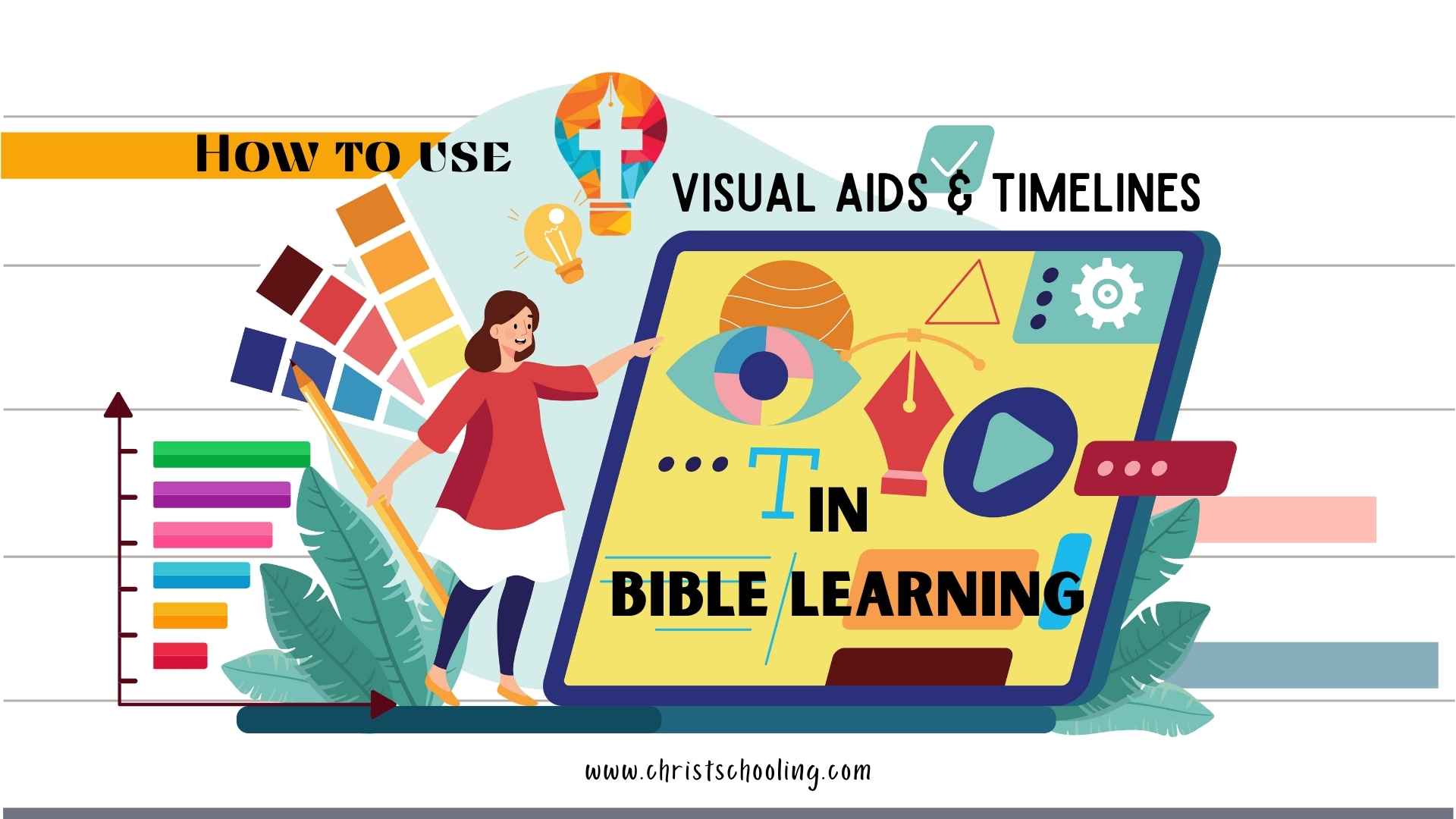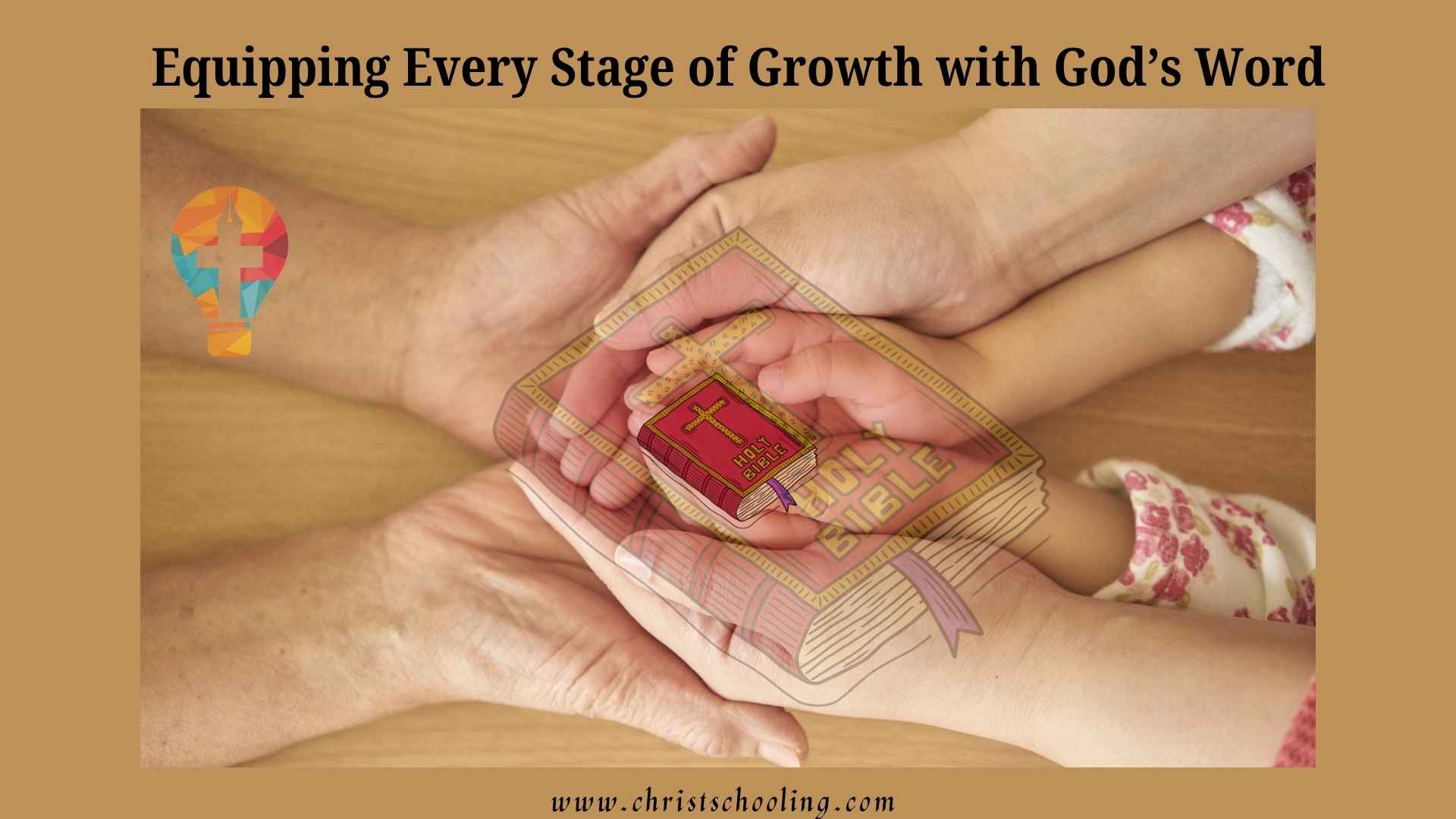📖 “For the word of God is living and active. Sharper than any double-edged sword, it penetrates even to dividing soul and spirit, joints and marrow; it judges the thoughts and attitudes of the heart.”
— Hebrews 4:12 (NIV)
🌱 The Living Word in Your Home
The Bible is not just a book. It is alive.
That’s what the writer of Hebrews tells us—it breathes with the power of the Holy Spirit and pulses with divine purpose. God’s Word was not only spoken once; it is still speaking now.
Every time you open the Bible with your child, whether it’s during a homeschool lesson, bedtime reading, or family devotion, you are not merely reading—you are encountering the Living God.
✨ Not Just Ink on a Page
Many books can inform or inspire. But only the Bible transforms.
Hebrews 4:12 tells us it’s sharper than a two-edged sword. It doesn’t just skim the surface; it cuts deep—dividing soul and spirit, separating the true from the false, the holy from the habitual.
In a world filled with opinions, trends, and fleeting truths, God’s Word stands as the unchanging, refining, and penetrating standard.
Jesus Himself used the Word to fight temptation in the wilderness (Matthew 4).
He didn’t debate the devil—He declared Scripture. That same power is available to you and your children.
👨👩👧👦 What This Means for Your Family
If you ever wonder whether your daily Bible readings are making a difference, remember this: God’s Word never returns void.
“So is my word that goes out from my mouth: It will not return to me empty, but will accomplish what I desire…” (Isaiah 55:11)
Every Bible story read aloud, every memory verse practiced, every Scripture-based conversation—God is using it to sow seeds that will take root and bear fruit.
You’re not just homeschooling—you’re heart-sculpting with Scripture. You’re not just checking off devotions—you’re watering eternal life.
🛠️ Equipping for Every Good Work
“All Scripture is God-breathed and is useful for teaching, rebuking, correcting and training in righteousness, so that the servant of God may be thoroughly equipped…” (2 Timothy 3:16–17)
This is God’s curriculum. Whether your child is six or sixteen, God’s Word is useful—today, tomorrow, and for all of life. Teach them to open it when they’re joyful.
Teach them to cling to it when they’re anxious. Teach them that the Bible is not just for Sundays or emergencies—it is daily bread.
🏡 Make It Practical:
- Daily Verse Time: Choose one verse and write it out on a chalkboard or whiteboard in your homeschool area.
- Family Word Journal: Keep a small notebook where each member can write what verse stood out that day.
- Talk It Out: At dinner, ask: “Did any verse speak to you today? What do you think God was saying?”
- Word Memory Box: Create flashcards of favorite Scriptures and go over them weekly.
🙏 A Prayer for Today
Father, thank You for giving us Your living and active Word. Help us to not just read it but be transformed by it. Let it speak into the deepest places of our hearts and guide our thoughts, choices, and parenting.
We ask that You plant Your Word in our children—may it grow and bear fruit for Your glory. In Jesus’ name, Amen.
💡 Coming Soon
🎁More Scripture-based printable tools are coming to www.christschooling.com!





